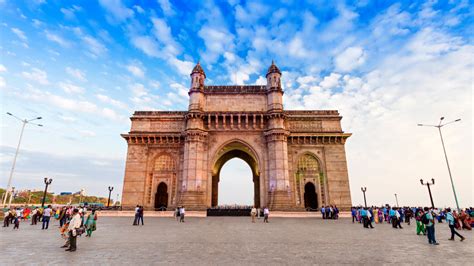Golden City Rajasthan Explore the royal heritage of cities like Jaipur, Udaipur, and Jaisalmer. From majestic palaces and forts to the golden sands of the Thar Desert, Rajasthan offers a rich cultural tapestry. Rajasthan, the largest state in India, is renowned for its rich history, vibrant culture, and breathtaking landscapes. Situated in the northwestern part of the country, it shares its borders with Pakistan and Indian states like Punjab, Haryana, Uttar Pradesh, Madhya Pradesh, and Gujarat. Known as the "Land of Kings," Rajasthan is a land of forts, palaces, and desert landscapes, steeped in stories of valor, romance, and chivalry. The state's name derives from "Raja" (king) and "Sthan" (place), symbolizing its association with princely kingdoms. Its capital, Jaipur, famously known as the Pink City, forms part of the Golden Triangle tourist circuit, along with Delhi and Agra. Rajasthan's appeal lies in its ability to preserve its cultural ess...













.jpeg)





















